Samsung Galaxy S III Review - AT&T and T-Mobile USA Variants
by Brian Klug on June 20, 2012 12:01 AM ESTI was sampled both the AT&T and T-Mobile SGS3s, so I can really only speak to those particular variants. However, all five of the USA SGS3s use MSM8960’s onboard cellular baseband for their respective cellular interfaces. I’m including the table from our original MSM8960 piece almost a year ago, since that shows the capabilities of the baseband - of course, whether or not your device supports all these things is a function of the rest of the RF chain, including transceiver and power amplifiers.
| Snapdragon S4 - MSM8960 Cellular Support | |||||
| LTE FDD | 100 Mbps DL / 50 Mbps UL (Cat. 3, 3GPP Rel.9) | ||||
| LTE TDD | 68 Mbps DL / 17 Mbps UL (Cat. 3, 3GPP Rel.9) | ||||
| UMTS | DC-HSPA+ 42 Mbps DL (Cat. 24) / 11 Mbps UL (Cat. 8) | ||||
| CDMA2000 | 1xAdvanced, EVDO Rev.B (14.7 Mbps DL / 5.4 Mbps UL) | ||||
| GSM | GSM/GPRS/EDGE | ||||
| TD-SCDMA | TD-SCDMA 4.2 Mbps DL / 2.2 Mbps UL | ||||
In the case of the AT&T SGS3, that’s LTE on bands 17 and 4 as shown in the table below. What’s unique about the AT&T LTE SGS3 is that it’s the first device in the USA I’ve seen with support for both 15 and 20 MHz FDD-LTE on Band 4 (AWS). That should tell you something about the product development cycle here, specifically that the AT&T SGS3 was conceived of back when AT&T was confident about getting T-Mobile’s AWS holdings. In addition, all of the cellular connectivity on the AT&T SGS3 sits on the same transmit path, with transmit at the bottom and receive diversity up at the top.
| SGS3 AT&T - Network Support | |||||
| GSM/EDGE Support | 850 / 900 / 1800 / 1900 MHz | ||||
| WCDMA Support | 850 / 1900 / 2100 MHz | ||||
| LTE Support | 700 / 1700 MHz (LTE Band 17, 4), Category 3 | ||||
| Baseband Hardware | Qualcomm MSM8960 | ||||
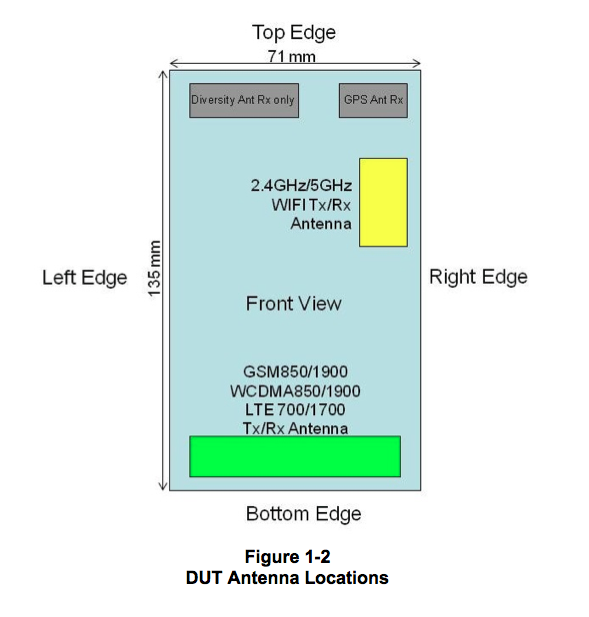
The T-Mobile SGS3 is unsurprisingly very similar to the AT&T SGS3, including support for both their own bands and AT&T’s bands for WCDMA as shown in the table below. The T-Mobile device of course supports WCDMA carrier aggregation, or DC-HSPA+. For those that aren’t familiar, DC-HSPA+ Category 24 (3GPP Rel.8) employes carrier aggregation in addition to the other HSPA+ features from Release 7. Essentially, two 5 MHz WCDMA carriers are aggregated together on the downlink, resulting in roughly double the performance of a single WCDMA carrier situation. Note that the uplink remains single carrier, so there’s even more of an asymmetry that happens, but given the traffic asymmetry that already exists for most mobile workloads this isn’t a huge deal.
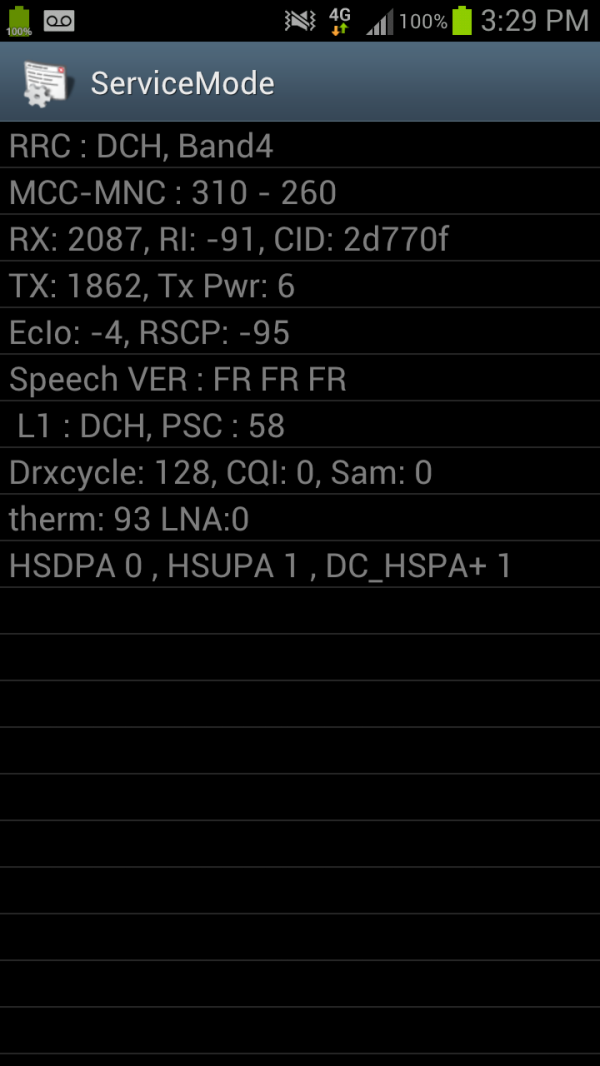
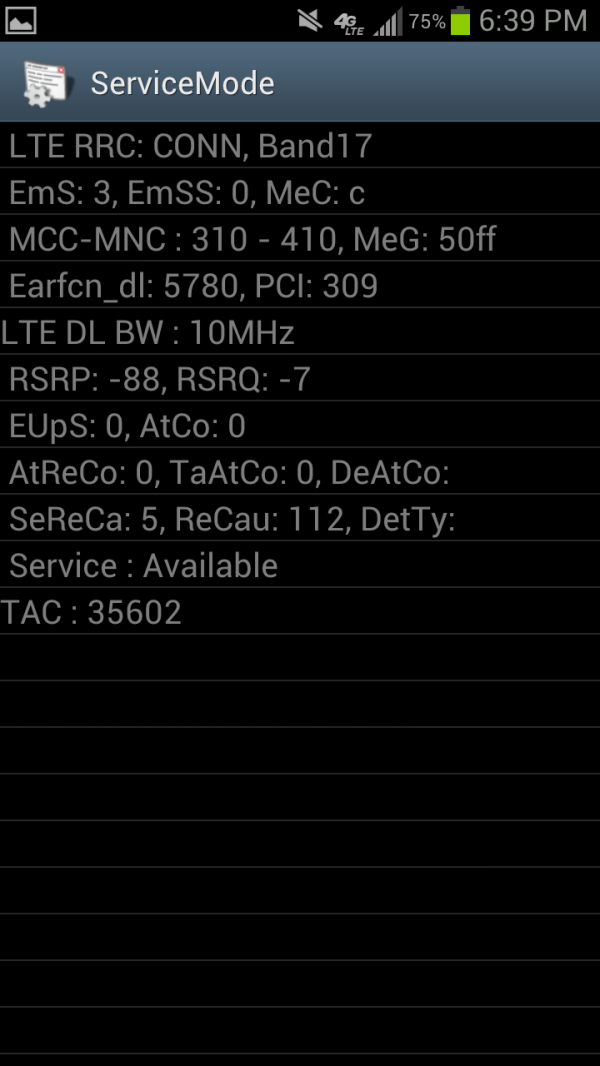
Samsung's excellent ServiceMode (*#0011#) is present on all the USA SGS3 variants, DC-HSPA+ shown on T-Mobile SGS 3 (left), 10 MHz FDD-LTE shown on AT&T Model (right)
Like the HTC One S, the T-Mobile SGS3 can be used on AT&T’s 3G network if you can manage to unlock one. This is a definite plus if you don’t care about LTE but do care about having a phone with a ton of WCDMA bands supported.
| SGS3 T-Mobile - Network Support | |||||
| GSM/EDGE Support | 850 / 900 / 1800 / 1900 MHz | ||||
| WCDMA Support | 850 / 1700 / 1900 / 2100 MHz | ||||
| HSPA Speeds | HSDPA 42.2 (Cat.24) / HSUPA 5.76 (Cat.6) | ||||
| Baseband Hardware | Qualcomm MSM8960 | ||||
Because of my limited time with the SGS3s, I haven’t had a chance to run a bunch of speedtests on AT&T LTE and report back with plots. In addition, because AT&T does not support DC-HSPA+ yet (and shows no indication of doing so), there’s not much to be learned from 3G WCDMA there, as it’s still just HSDPA 14.4 in my market and almost all others. I’ve still never seen a single AT&T market with 64QAM / HSDPA 21.1. I will update with AT&T LTE results when I have them.
I have however run a bunch on the T-Mobile in my home market of Tucson, AZ and compiled enough to generate some plots. To test, I used the same workflow as always, essentially running as many tests as possible using Ookla’s speedtest.net application on Android, exporting the results, and making some pretty graphs with python. I’ve rewritten my graphing code and prettied it up a bit as well with some stats.
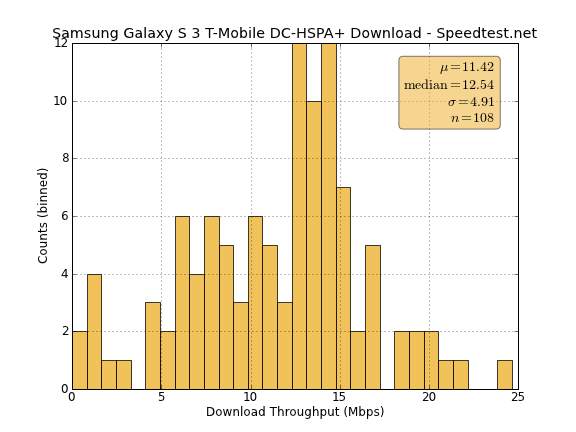
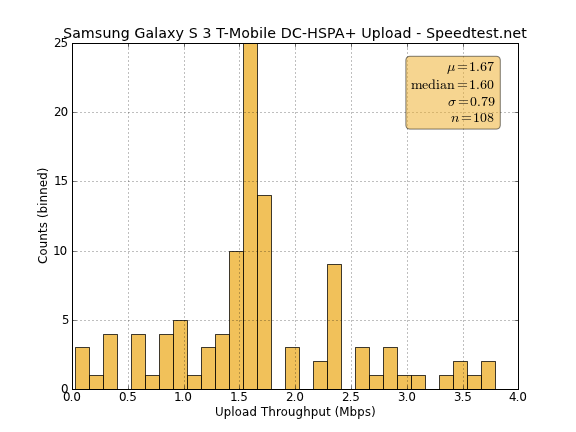
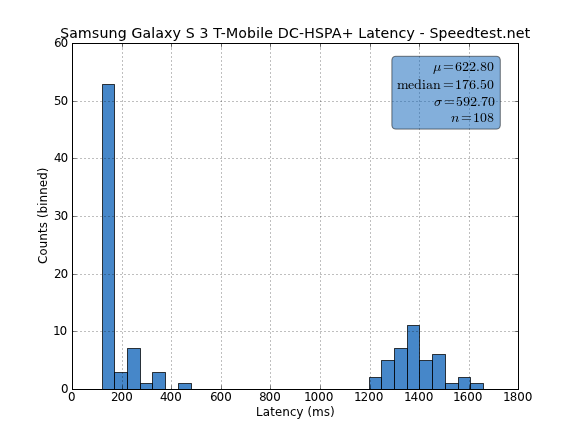
Unsurprisingly DC-HSPA+ is impressively fast on the downlink, with an average of around 11 Mbps and a maximum of just above 20 Mbps. It’s not the kind of performance you’ll get out of LTE (proving somewhat that using subcarriers through OFDMA and other enhancements does pay off), but it’s pretty darn impressive nonetheless. There’s a weird double distribution in latency probably due to setup time coming out of CELL_PCH and setting up the DC-HSPA+ link. Running a test right after this setup yields much lower latency thanks to T-Mobile’s flat IP network, which is why I say it seems to be connection setup related. I’m impressed with how fast T-Mobile’s DC-HSPA+ is in my area, and DC-HSPA+ isn’t a bad interim air interface until the carrier can deploy LTE. You have to applaud T-Mobile for being first to both deploy 64QAM on the downlink (HSDPA 21.1) and deploy DC-HSPA+, two things AT&T still has no intention of doing anytime soon.
I’m headed to an AT&T LTE enabled market as soon as possible to get some AT&T LTE results, but I don’t expect any surprises from that particular device.
WiFi
On the USA SGS3s, I was surprised to find that Samsung hasn’t gone with the on-SoC WLAN and instead implemented BCM4334, mirroring what was done in the international SGS3. BCM4334 we have talked about a lot before, it’s the 45nm version of BCM4330 with added support for 40 MHz channels on 5 GHz, among other lower power features and improvements. Of course, the SGS3s also include NFC (from the incredibly ubiquitous PN544) and BT 4.0 support (from BCM4334).
One of our readers pinged me and let me know that reliable iperf ports are now available on Android and iOS, so I’ll be switching over to using iperf for my main WiFi throughput testing instead of the 100 MB PDF hosted locally. What I’m looking at is still downstream throughput to the phone, since I wager that’s the direction people care most about. I tested a small number of the phones I’ve got on hand with iperf on the new Buffalo 802.11ac compatible router for comparison. For the purposes of the test I’ll be choosing the fastest WiFi interface possible for the device, eg 5 GHz when supported, 2.4 GHz when not supported.
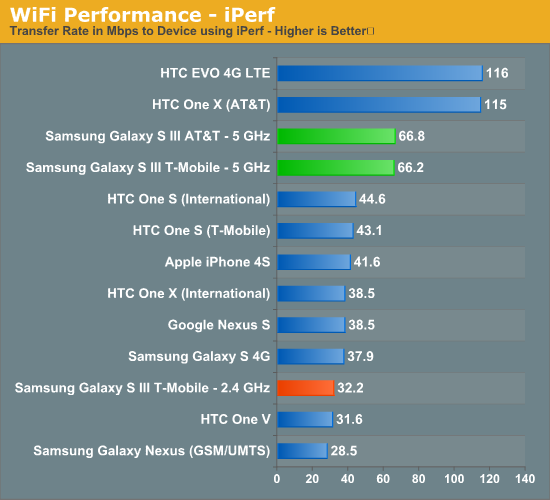
The SGS3s show a PHY of 150 Mbps on 5 GHz with 40 MHz channels, and 65 Mbps on 2.4 GHz with 20 MHz channels. Performance isn’t quite up to the MSM8960 devices like the EVO 4G LTE and One X. I suspect this is due to either limitations on the interface between the SoC and BCM4334, or possibly absence of some other MAC features. Either way I’m glad to see 5 GHz support advancing even more now, to the point where devices are starting to show up with 40 MHz onboard as well.
GNSS
The SGS3 includes onboard GNSS (Global Navigation Satellite System) configuration. In this case, that means GPS with GLONASS. I have no problems getting a fast lock even indoors or in an urban environment, and like other combos with GLONASS you can see those satellites pop into use when GPS signal is weak.
I’m unclear whether the USA SGS3s have gone with Broadcom’s BCM47511 GNSS like what was done in the international SGS3, or whether Samsung is using the MSM8960 onboard GNSS. I need to do more digging to be certain. I suspect this is done on MSM8960, however.
Speakerphone and Sound
Because I’m in the process of moving, I don’t have my sound testing setup complete, nor the sound meter for testing speakerphone. However, I will be able to get that data in the coming week and update with my findings.
Both the AT&T and T-mobile SGS3s use an Audience A2220 for noise rejection using those two microphones (at top and bottom) as well. I need to do my testing here but based on a number of calls I’ve placed already from both I suspect they’ll perform quite well.


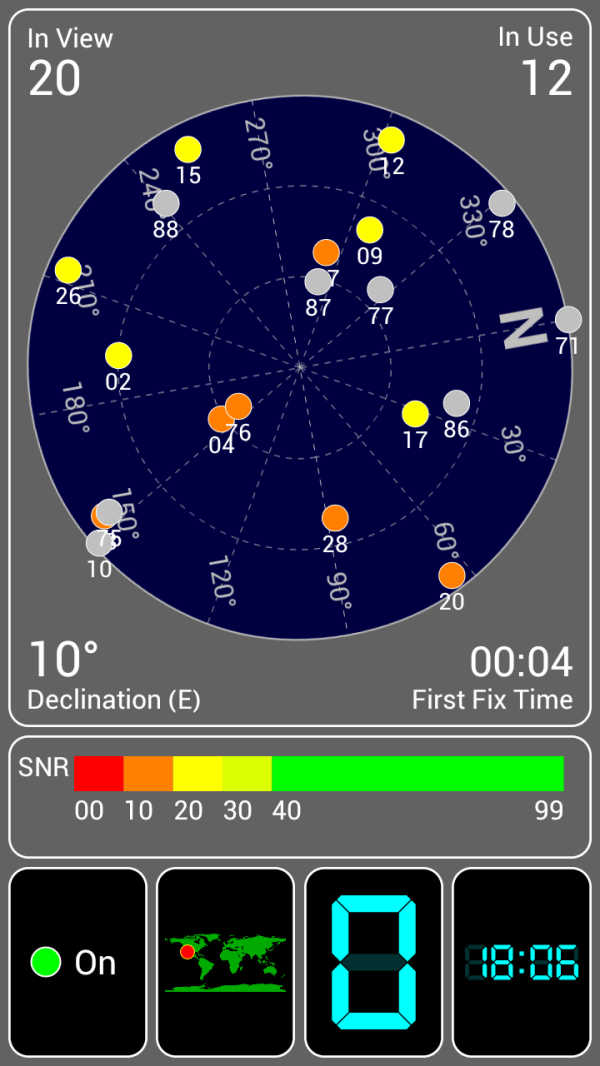
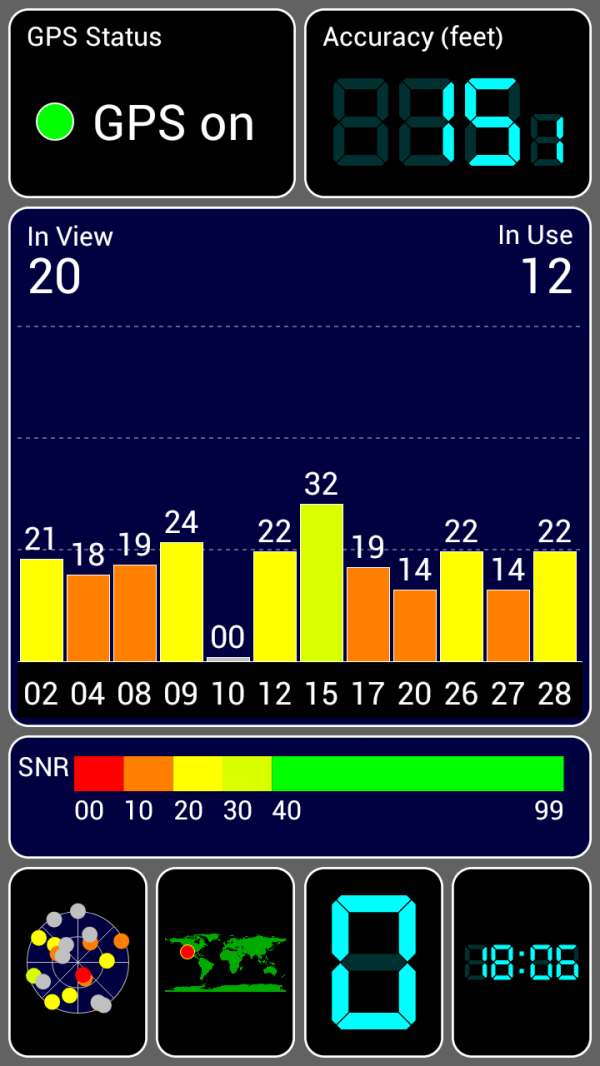








107 Comments
View All Comments
dijimoto - Wednesday, June 20, 2012 - link
I just realized it was in the title ICS version 4.0.4, ugh...EJ257 - Wednesday, June 20, 2012 - link
So does it use both GPS & GLONASS simultaneously? Or can you set a default and it'll switch over to the other system whenever signal from one of them gets to be too weak?Death666Angel - Wednesday, June 20, 2012 - link
I enjoyed it a lot. I like the fact that 1080p video isn't cropped anymore. My cropped SGS2 1080p doesn't look that good and I use 720p as a result.The screen looks good too and mostly I think the SGS3 looks pretty good. But for me, it's not enough to make the upgrade from my SGS2. I just bought a nice chinese tablet (Cube U30GT if anyone wonders) which will keep me happy for some time to come. I won't upgrade this generation. WVGA resolution, SAMOLED+, Mali GPU and good custom ROM support are all enough for me, for now. Maybe next year Intel will bring something new or Android 5/6 will change things. But right now, my SGS2 does everything I need it to do.
Maybe I didn't notice it, but I didn't see any references to bootloader/custom ROMs. For me, whether or not a phone is easily rooted, hacked etc. is an important part of my purchase decision. Maybe you can include a short discussion of that in the future? If you did mention it, I apologize. :-)
chiza69 - Wednesday, June 20, 2012 - link
I usually love your reviews Brian as they are often unique and give a different perspective compared to other tech sites. However, one thing that frustrates me, and is consistent in all your reviews is the performance category.All you do in this category is run benchmarks. Yes, benchmarks are always fun, but both the iPhone and most Windows Phones have proven that benchmarks do not make a system run smoothly. I mean look at the latest android phone, the Galaxy S3, with it's quadcore processor and top of the line GPU. Yes it is fast in benchmarks, but honestly it still cannot make Android as smooth as iOS.
All I would like to see is that you add a video of typical performance on the phone, especially with the browser.
name99 - Thursday, June 21, 2012 - link
"Clearly there is 380 MB absorbed for both preallocated GPU memory, and possibly DRM / baseband, and after that subtraction the only way to get dual channel (2x32b) LPDDR2 is to make the jump to two 1 GB LPDDR2 devices."I don't get this. Why can't you have a 1GiB and a 512MiB package? Are ARM memory controllers less sophisticated than Intel ones and unable to handle such a config? After all this sort of config is standard on Windows --- 3GiB back in the day when that was all Windows could handle, now 6GiB on your mid-range laptops that are too cheap to spring for 8GiB.
antony22 - Thursday, June 21, 2012 - link
well been waiting for some reviews of the GS3 I was going to get this or the EVO 4G lte on sprint but after a read the whole article I think I made my choice nowI cant believe that Samsung chose not to use the on board Wi-Fi and went with another chip when the on board is 28 nm while the BCM4334 is 45nm
when i was reading the battery life test I thought hmm that is odd that the HTC EVO has better life on wi- fi than the GS3 even when they use the same SOC now everything makes sense and also the GS3 is slower too on wi-fi
SanX - Thursday, June 21, 2012 - link
Brian,In the section about display pixel angular dimensions (0.933 arcmin) you have used word "pixel" while it is actually just the green subpixel angular size. BUT THAT IS WRONG! The largest problem is the red subpixels angular distance (and contrary to laws of physics much less blue). This gives dirty feel of solid colors of red part of spectrum and jagg of lines. THAT IS EXACTLY the main problem of the pentile displays. And that's red and blue distance TWO time larger the green one and of course IS visible very well - just place the screen of LG Nitro nearby.
Another problem is your 12 inch distance. Formally and practically the the optimal distance for reading is usually 10 inch (25 cm). This is also why in magnification of lens in physics 25cm is used. I typically take phone even closer - to 9". You barely stand pentile screens in this case.
We always forget, but ideally for proper scaling of small fonts, because we have digital, not analog screens, it's not a one pixel angular size must be unresolved by our eyes but around TWO stacked ones. That gives 600ppi requirement. Only after that we will not see visible difference (jumps) in line thickness when scale fonts.
Belard - Thursday, June 21, 2012 - link
So... with these current "smart" phones... do anyone of them have good enough speakers to actually wake a person up?That would be a NICE little added benchmark. How loud can the phone get.
I'm about to retire my SGS1... its speakerphone mode has always been garbage (being that it faced away from you) and the alarm itself has been pathetic. So bad, that I still us a 4 year old Sony dumb phone as wakeup alarm. Even when this stupid phone "rings", I miss half the calls because the speaker and its vibration are weak.
How about this... make phones that actually FEEL good in the hand, not some danty tablet-size thingy that you can barely hold onto with your finger tips that doesn't FIT in a pocket. Sure, its fine for those who wear a purse and it seems some guys are wearing purses or bags... that's fine.
But many of us guys put the phones in OUR pockets where there is money, wallets, keys and whatever.
The SGS1 was already too damn big to comfortly fit into a pocket... the S3 and now bigger S3 should just make it much worse.
Eridanus - Thursday, June 21, 2012 - link
SD card slot? So they screwed up only customers of their Nexus crap?apoorvnaik - Thursday, June 21, 2012 - link
As seen in your post, you say that a T-Mobile SGS3 will work on AT&T's network also but the specs on the T-Mobile's page say something else.Here's the link to the T-Mobile page
http://www.t-mobile.com/shop/Phones/cell-phone-det...
I'm looking forward to buy this phone and just wanted to make sure that it could be used worldwide.